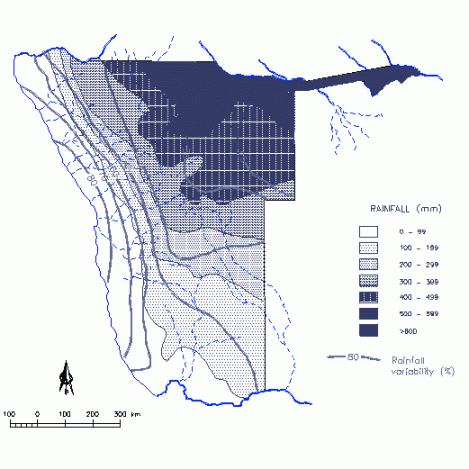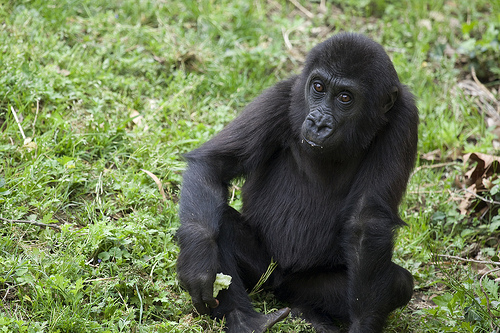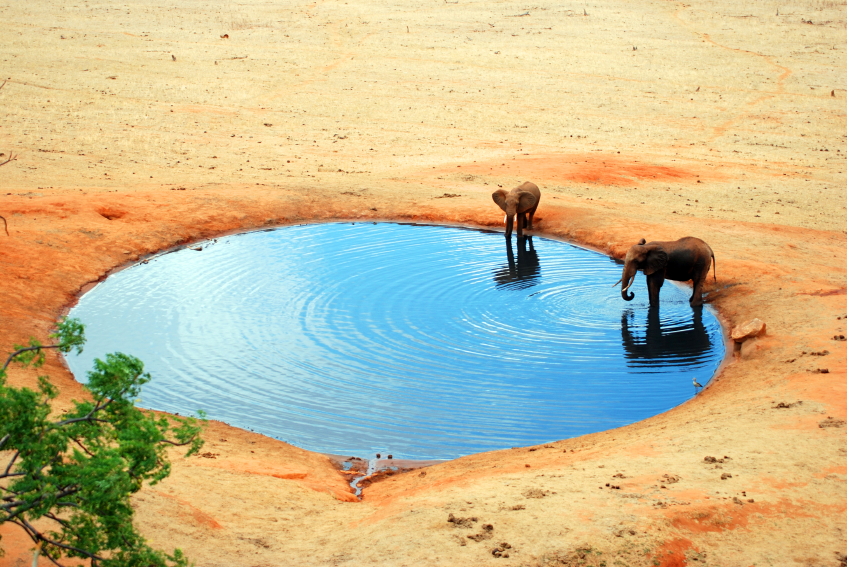We are not huge fans of digging in the ground to pull out oil that is then burned. But we are sometimes fans of digging in the ground to pull out water so people can drink.
[protected-iframe id=”56179ea9b263066e159f09d8f8946735-5104299-36375464″ info=”https://maps.google.com/maps/ms?msa=0&msid=213605005289114965468.0004c54419469e6cfbe4c&ie=UTF8&t=h&ll=-24.607069,26.71875&spn=23.834959,41.220703&z=4&output=embed” width=”470″ height=”300″ frameborder=”0″ scrolling=”no”]
Namibia is dominated by the Namib desert, which runs 2,000 miles along the western coast of the continent from Angola into South Africa. The country is the most arid African nation south of the Sahara. Residents in the northern region rely on a 40-year-old canal to bring water in from neighboring Angola.
But that may change. The BBC reports:
A newly discovered water source in Namibia could have a major impact on development in the driest country in sub-Saharan Africa.
Estimates suggest the aquifer could supply the north of the country for 400 years at current rates of consumption.
Scientists say the water is up to 10,000 years old but is cleaner to drink than many modern sources.
The general region appears on the map above.

Mean annual rainfall in Namibia. Click to embiggen. (Image courtesy of IIASA.)
The aquifer flows across the Angolan border, covering an area of a little over 1,000 square miles. While efforts to extract from it are underway, it does carry some risk:
The natural pressure that the water is under means that it is easy and cheap to extract. But because a smaller salty aquifer sits on top of the new find it raises the possibility that unauthorised drilling could threaten the quality of the water.
Martin Quinger says that random drilling into the aquifer could be dangerous.
“If people don’t comply with our technical recommendations they might create a hydraulic shortcut between the two aquifers which might lead to the salty water from the upper one contaminating the deep one or vice versa.”
And there’s one more caveat: The already dry country will likely become drier as the effects of climate change take hold. Researchers “estimate that it could act as a natural buffer for up to 15 years of drought.”
Only knocking some 385 years off the best-case scenario.




